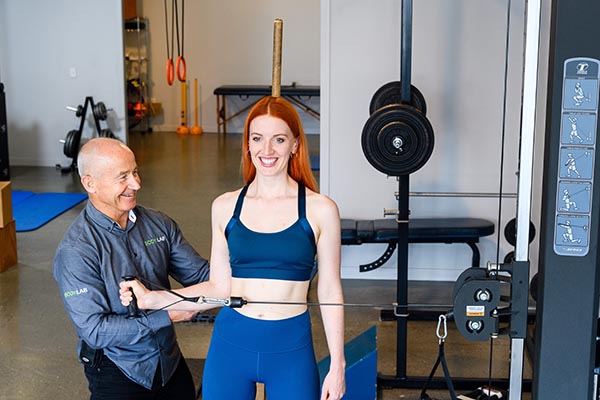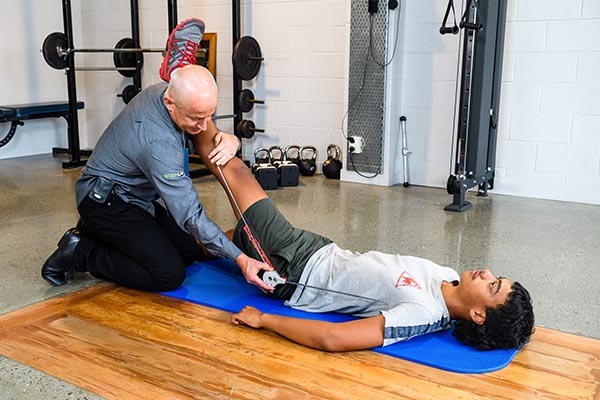Results from the initial assessment allow us to design a corrective exercise rehabilitation programme for you. This often involves making an unbalanced programme to help get you back to balance.

If a muscle is tight we will provide a stretch for it.
If trigger points (knotty tissue) exist in certain muscles, we will show you how to release those points.
If postural issues are part of the source of the issue, we will provide exercises to help move you back towards ideal alignment.
If a muscle is very weak or inactive we will provide strengthening exercises to make the muscle active and stronger.
If a movement pattern is far away from the ideal we will provide you with an exercise that is suitable for your starting point and have plans to move you back towards the ideal human pattern.
Our masters qualified exercise physiologists design the programme. You benefit from the knowledge of over 25 years of experience which helps you to get results faster.
The programme is designed with your requirements in mind. That includes being able to do it from home, at your gym or if you would prefer to do it at BodyLab.

